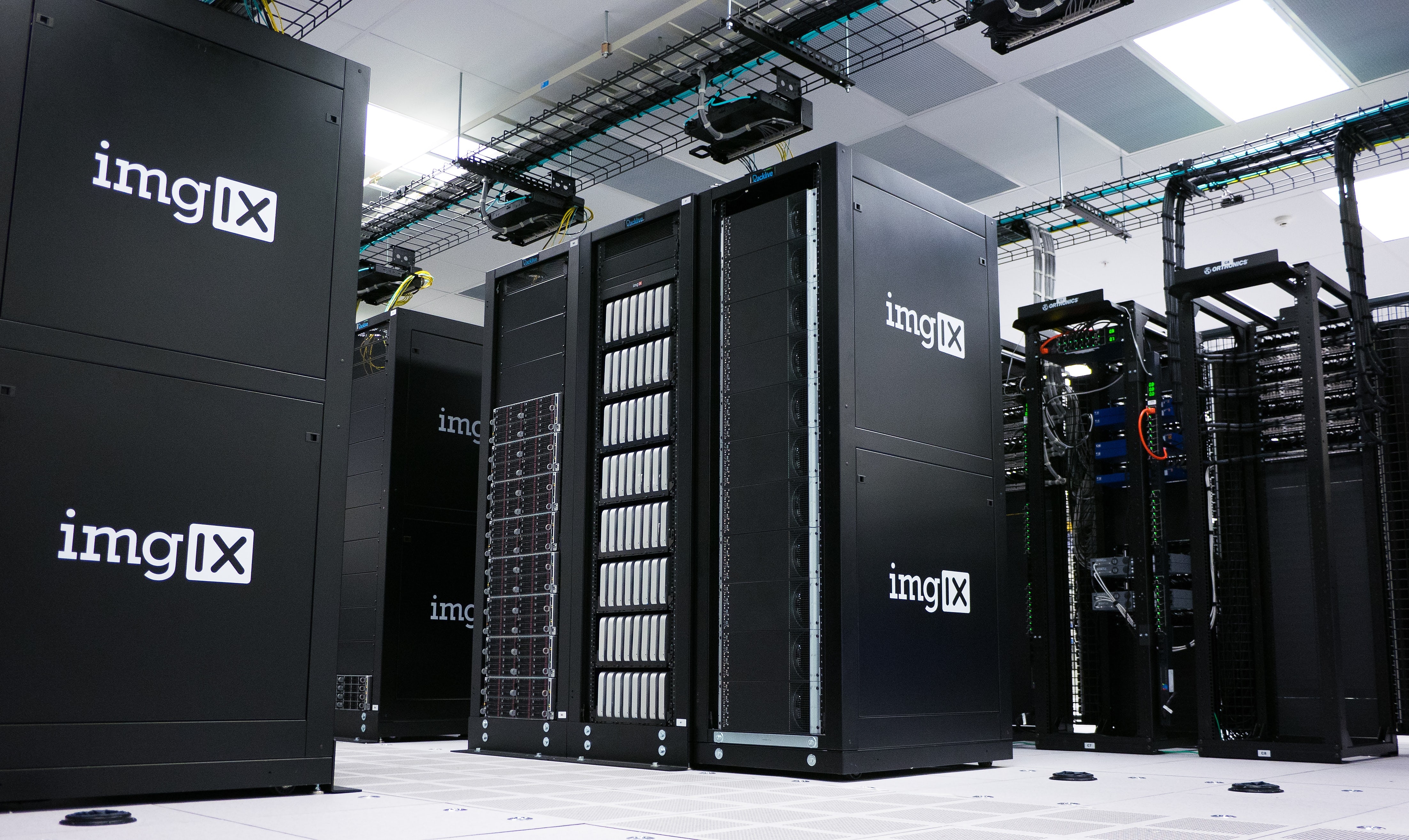What would you do with 10,000 interns? Why you need an AI strategy.
Mar 16, 2018

AI (alongside blockchains) is the hot new tech. Everyone’s now scrambling to work out how to apply it to their business. The question will come out of nowhere:
“What are we doing about AI?”
This was reflected at WebSummit 2017 where a major theme was AI and machine learning (ML). Talks across the event were dominated by the leading figures of sophisticated tech companies. They all talked about a future dominated by AI and what their strategies are to ensure they make it out the other side of this scary new paradigm.
What is it about AI that’s got everyone in a flap?
Imagine you have 10,000 interns.
They’re keen, know how to manipulate and navigate every piece of software you run, and they’re fast. These aren’t highly experienced staff members with strategic experience and extensive domain knowledge: they won’t be leading a charge into new markets. But they can complete fiddly and repetitive tasks in a flash.
Searching through every customer account across every bit of your organisation (including payment software, in-house databases, marketing tools, CRMs) and spotting patterns that show behaviours most associated with people about to cancel a subscription would be nothing. That’s just for starters.
AI is like having 10,000 interns. They know every bit of your system and they’re fast. What would you have them do?
So, at one of the biggest tech conferences in the world, how many people had an AI strategy? Not many. They were thinking about it but only a prepared few had a concrete idea of where AI sat in their future. Asking a simple question wasn’t enough, more probing was required: what steps will you take / what steps have you taken (to those who were ahead of the game) to create an AI strategy?
From these conversations four key steps, broken down into sub steps, emerged. They’re what you need to to create a basic AI strategy. This is how you get yourself 10,000 interns.
Step 1: Take stock of your current data
When people say ‘AI’ nowadays what they really mean is machine learning. But this doesn’t change the fact that ML, and AI in general, are fuelled by data. Algorithms consume data and produce patterns and information that aid decision making. Want to know the weather tomorrow? Let’s use data on past weather. Want to know croissant sales next week? Let’s use data on past croissant sales. AI is a prediction machine driven by large volumes of data.
To have an AI strategy you need to be able to provide algorithims with data. The obvious place to start is with your current data infrastructure:
- What data collection capacities do you currently have?
- How do you process and where do you store that data?

Once you’ve got a clear idea of your current data infrastructure and capabilities, the actual data itself should be questioned:
-
What sort of data do you have?
-
Is it unstructured or structured data?
It’s highly likely your data is mostly structured and organised in tables and rows (names, addresses, customer purchase history, web analytics history). You’ve probably amassed a lot of it over the recent years. Is this data going to fuel your future AI prediction machine? Probably not. What’s more likely is that this data will be your training data. You’ll develop an AI function (a bunch of algorithims) trained on data specific to your company and interests. And you use that AI function to generate predictions to inform decisions.
But what decisions do you want to inform? And how will you generate ongoing data to feed your algorithms?
Step 2: Define what you want to know or do
After your initial data audit gaps in your organisational data will probably have appeared. There will also be things you and people in your company will want to know but don’t have the data to find out. This is a good starting point:
-
What gaps have appeared in your current data? For example, you might want to know if shape of croissants affects the number of sales.
-
Survey people in your organisation and ask:
- What would you like to know but don’t?
- Have you tried to use data to answer a question but found you couldn’t get the answer?
- What would you like our product/service to do that it can’t now?

At WebSummit the founder of Slack gave a talk about the planned use of AI. The plan is to use it to add nifty new features to Slack, like being able to ask SlackBot “who can answer a question about x?” Without access to the inner workings of Slack we can only guess at how they might do this. A good bet might be an algorithim that assigns domain knowledge scores to people in your Slack workspace based on what they say in Slack. E.g. Bob might always respond about the customer support software so he becomes the expert to ask for that.
Your AI strategy should help answer “what would we like our product/service to do that it can’t now?”
This is the kind of thing you should be thinking about right now in relation to what AI can do for your products and services. But… it’s difficult to know what AI is capable of and therefore to know what to think it can do. This is where the “AI is equivalent to 10,000 interns” thing comes in. It might not be 100% accurate but as a tool to help you think about the data-fulled future, it’s perfect.
Step 3: Train your machine
By now you know your current data capabilities and you’ve an idea of what you want to do with your 10,000 AI-powered interns. Next you’ll need to find a team of data people to start experimenting with your training data.
They’ll do things like try different ML algorithms on different data sets to see if they can answer the questions identified in step 2. Using the examples above this might be feeding croissant sales data and weather data into an algorithm to train it. Then giving the algorithm more weather data to see if it accurately predicts the croissant sales.
This will be a slow and time-consuming process. The number of tools and frameworks, algorithms and approaches, parameters and definitions available to experiment with is vast. Finding the right combination for your data, your questions, and your desired outcomes won’t be fast or easy. And not everything you try will work.
When you hit on something, or some things, that work you’ll have your AI machine ready to roll. Now you just need to give it the data it needs to thrive.
Step 4: Feed your machine
How do you ensure you’ve enough data to run your machine?

The new data you accrue each day - the result of the actions you take in your business each day - is what delivers ongoing value. This new data will allow you to operate your AI function after you’ve trained it.
You’ll also need to enable learning. Data on past croissant sales is valuable for training AI to predict sales but the actual predictions used to manage the supply chain require operational data on an ongoing basis. It’s fantastic to have a model to make decisions but it needs ongoing operation data to learn from.
This is where the process almost becomes a production line. You’ll need to build automated systems for gathering the data you need, cleaning it, and getting it into the right format. Then feeding it into your algorithms.
Over time you can optimise the ML system’s performance and start iterating on your current approaches. This enables continuous learning. For example, is all weather data necessary for enhancing croissant sales? Or has the algorithm found that more people buy croissants when it rains?
New data is essential and your operational data is a start. But if you can find ways to generate a new, ongoing data streams you’ll deliver a performance advantage in terms of your AI’s predictive power and give yourself sustainable leverage when AI arrives.
In summary
Let’s recap. In order to develop an AI strategy right now and be prepared when the AI revolution really kicks in you need to:
- Take stock of your current data
- What are your current data collection, processing, and storage capacities?
- What’s your current data culture and expertise: are people in your organisation able to understand the importance of AI and do they have the skills and tools they need?
- What data do you currently have and what sort of data is it?
- Define what you want to know
- What gaps are there in your data?
- What questions are you struggling to answer?
- What do you want your product/services to do that they can’t today?
- Train your machine
- Use existing data sources to start testing various ML approaches and find the ones that work for your data and company.
- Feed your machine
- Ensure you have the data and infrastructure you need to feed your machine
- Enable learning so your algorithms are always changing and giving you a competitive edge
These four steps are the precursor to implementing an AI strategy and arming yourself with 10,000 interns. The hard bit is taking this knowledge and building the infrastructure, expertise, and understanding needed for the future. In fact, even these four steps might be something you, and everyone else, struggle with.